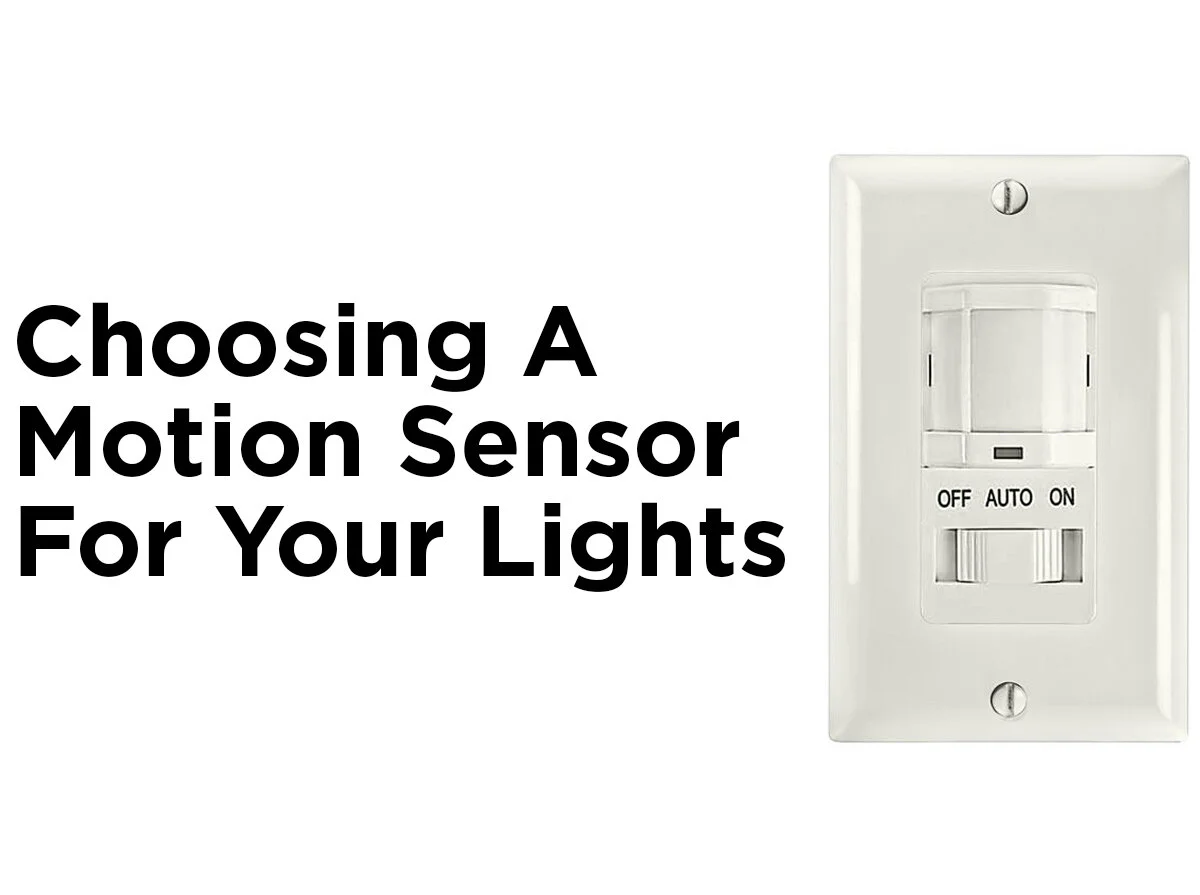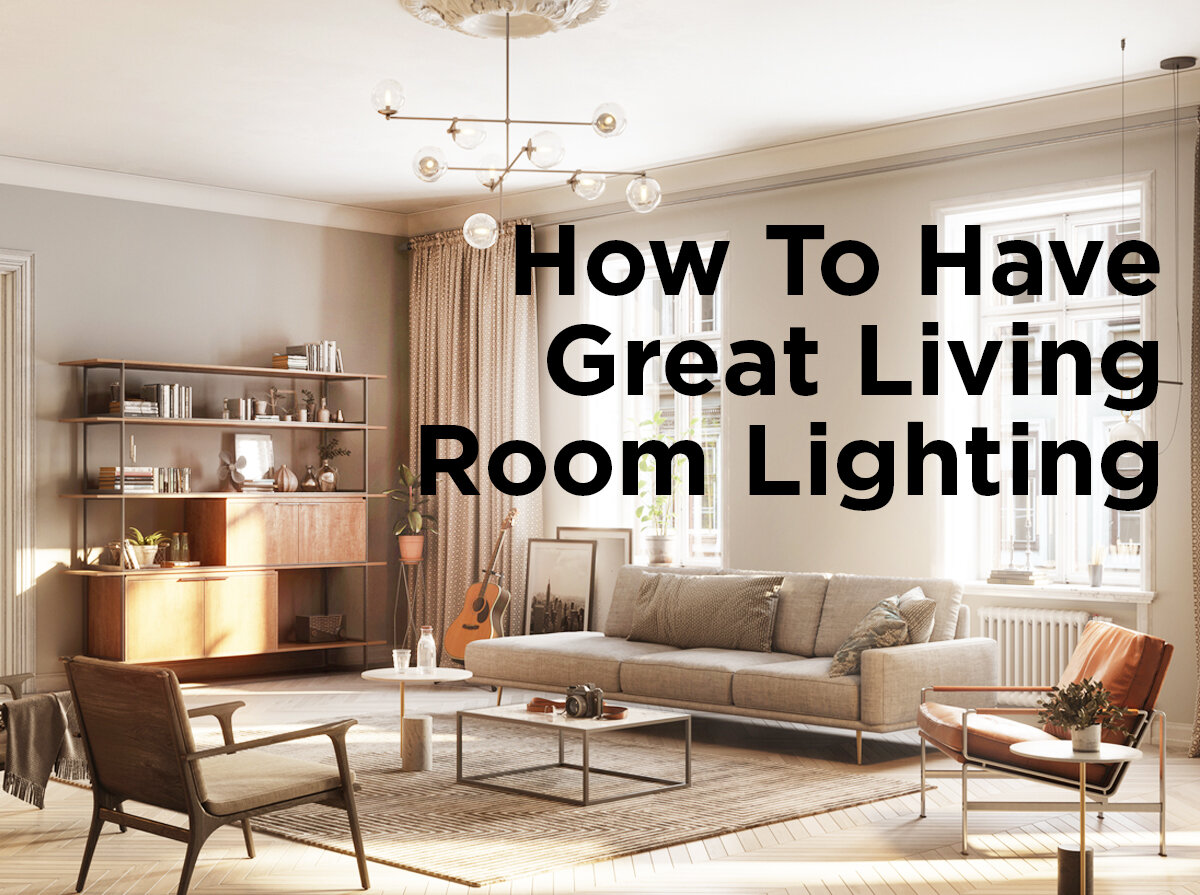Dressing Room Lighting and Perception
It begins from outside the store. Catching a glimpse of an enchanting navy dress gracing a mannequin, a customer becomes intrigued. A few steps in, a look around, and her eyes have found the dress on the rack. Upon finding her size she grabs the garb and scurries away to the fitting room. But in an instant, her mind could be transferred away from the beautiful navy number to the unflattering shadows being cast on her face. Trying on clothes in the fitting room is often the final step before purchasing an item. According to DailyMail.com, female shoppers try on an average of 40,000 articles of clothing in their lifetimes, purchasing just one in seven. Needless to say with all that time spent in dressing rooms, lighting is an important aspect. Not only can unflattering dressing room lighting cause clothing to look different, it may also result in physical insecurities for the customer, making them less likely to buy from your store.
Problems with Fitting Room Lighting
When walking inside a fitting room, the first thing most people do after hanging clothing on tiny racks is give their face a long gaze. Unfortunately, when used without other light sources, overhead lighting can cast unappealing shadows across the face due to positioning. Moreover, the fluorescent lights commonly used for overhead lighting are often purchased without the proper color-rendering characteristics, with features such as a low CRI and a warm color temperature, that can make clothes appear faded, washed out, and even make the fitting room feel cramped. Under the wrong lights, a person may also look unhealthy or sick when they gaze into a fitting room mirror. Fluorescent lights that do not enhance colors could switch the consumers’ mood from excitement to disinterest while trying on clothes, and because of bad overhead lighting, customers may become so distracted by their physique that they lose focus on the clothing.
Frontal Lighting
Unlike straight overhead lighting, frontal lighting eliminates facial shadowing on the customer. Frontal lighting tends to reduce the appearance of circles and bags under the eyes, helping the skin appear more even and not blotchy. During a study by Anne Baumstarck entitled the Effects of Dressing Room Lighting Direction on Consumers’ Perceptions of Self and Environment, she found that while individuals trying on clothes using exclusively overhead lighting tended to have more negative experiences in fitting rooms, those rooms that used frontal lighting only had a more positive experience. Frontal lights are typically placed along the sides of the walls inside fitting rooms, usually mounted by wall sconces, whereas overhead lights are placed higher, usually in the ceiling. Track mounted fixtures and strip fixtures are also a good source for frontal lighting. However, a combination of frontal and overhead lighting creates the best results in fitting room experience, providing customers with an overall view of clothing and appearance.
Repairing the Fright Light
So what is being done to repair the fitting room lighting fiasco? Some retailers have begun changing the way they light their spaces, integrating not only one type of bulb but several. For example, Ann Taylor’s fitting rooms incorporate six sources of light and use a mixture of three different light bulbs including low voltage, compact fluorescent, and metal halide bulbs. The mixture of lighting helps to illuminate not only the clothing, but the customer, putting them in a better mood and making them feel more radiant. Another option may be using LED lighting. LED’s are fantastic at enhancing colors because they have a good CRI, and benefit retail spaces by saving energy and using less light.
Retailers are providing customers with an experience. The experience begins when the customer walks through the door. Whether or not it ends at the cash register often has a lot to do with the lighting in a little room. How have you improved your fitting room lighting? Drop us a line on Facebook, Twitter, LinkedIn, or Pinterest or leave a comment below.







